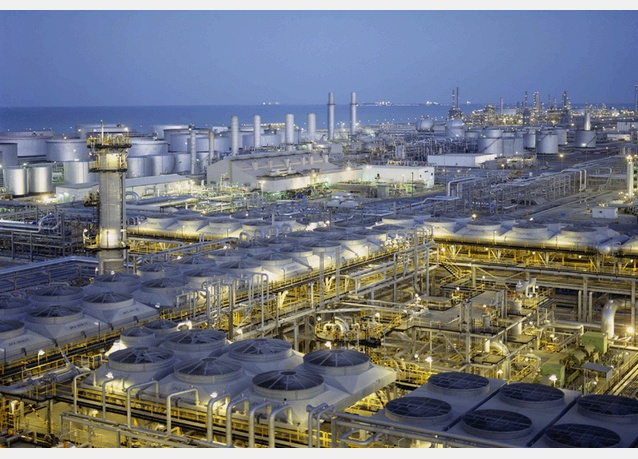Saudi Arabian money supply and bank lending figures show the economy of the world’s biggest oil exporter has started to slow as low global energy prices force the government to clamp down on spending.
M3 money supply grew just 3.9% from a year earlier in October, the slowest expansion since November 2010, when Saudi Arabia was emerging from the global financial crisis, according to central bank data released late on Thursday. Annual growth in September 2015 was 8.5%, Reuters reported.
(M3 is a measure of money supply that includes large time deposits, institutional money market funds, short-term repurchase agreements and other larger liquid assets.)
Growth in narrower measures of money supply, M1 and M2, also slowed sharply to multi-year lows. Growth in bank lending to the private sector fell to 5%, again the lowest rate since November 2010, from 7.1%.
The government has until recent weeks been able to keep the economy growing strongly by boosting Saudi oil output; the October data suggest this strategy may have reached its limits.
Facing a budget deficit of over $100 billion this year, Saudi finance officials have said they are trimming spending in some areas to economize, and the cut-backs have started to crimp money supply.
“There have been hints of the government introducing a fiscal squeeze, and the data point to the impact of this,” said Jason Tuvey, Middle East economist at London-based Capital Economics.
The government’s 2016 budget, due to be released next month, is expected to reveal details of the cut-backs and impose tougher austerity measures for next year.
More Cautious
Slower October bank lending growth suggests that because of this austerity threat, some private businesses are becoming more cautious about borrowing, and banks more cautious about lending.
The cost of loans is rising, partly because banks have begun diverting money to buy bonds that finance the government’s deficit. The one-year interbank offered rate has jumped 35 basis points to a six-year high of 1.33% since the end of July.
The central bank’s October data also contained some signs of slower consumer spending; cash withdrawals from automated teller machines fell to their lowest level this year.
A Reuters poll of 24 economists, conducted in mid-October, predicted Saudi economic growth would ease to a median 2.5% next year from 3% this year.
Tuvey said the October data suggested the economy would slow more than that consensus, though he added that Saudi Arabia would probably avoid outright recession, since the government could use its huge financial reserves to spread budget cut-backs over several years.


